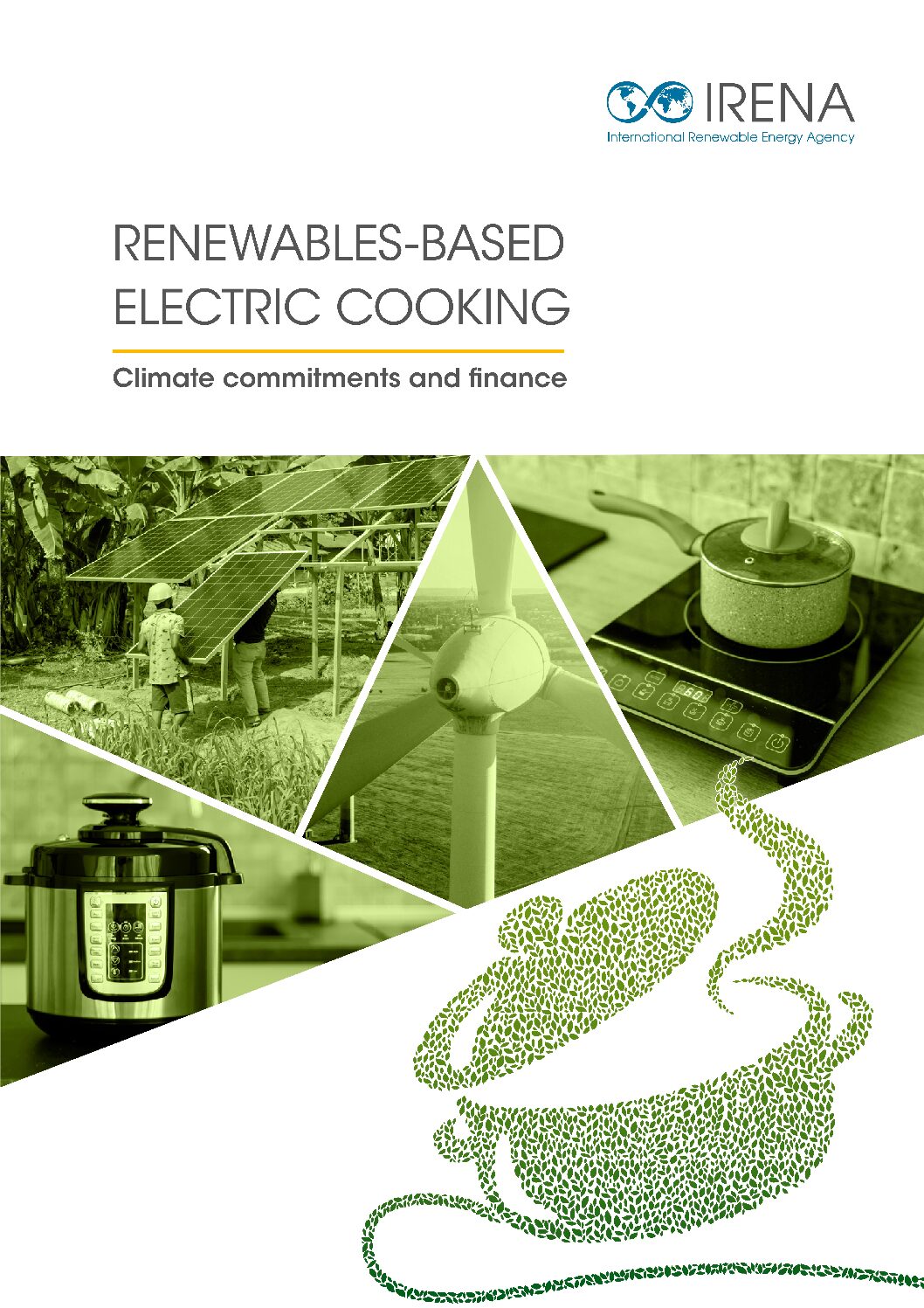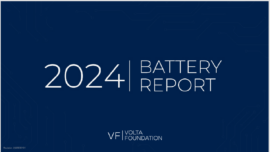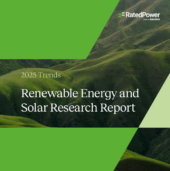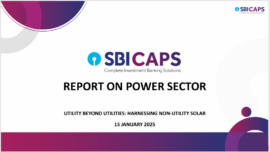A recent report by International Renewable Energy Agency (IRENA) recently studied the growth of renewable-based electric cooking globally. It found a global improvement in access to clean cooking over the last two decades. The IRENA report said that the improvement was mainly found in five countries: Brazil, China, India, Indonesia, and Pakistan.
The report studies its impact of clean cooking on climate commitment and finances. It found that five countries experienced a significant 58% decrease in their populations without access to clean cooking. This includes a combined 1.91 billion to 0.79 billion in the period between 2000 and 2021. However, comparatively, the progress elsewhere had been limited, with population growth outpacing absolute gains in access. As the total population lacking access to clean cooking across all other countries increased from 1.19 billion to 1.44 billion (21% increase) during the same period.
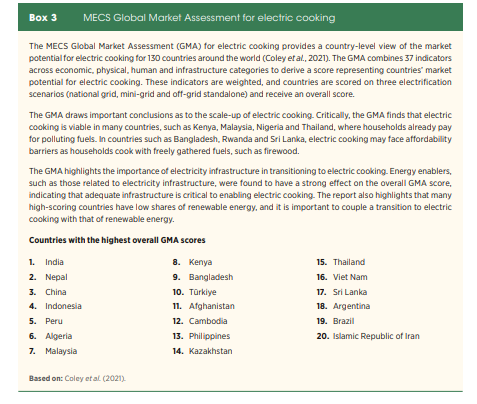
Bangladesh, Brazil, India Holds Largest Market Potential For Electric Cooking
Moreover, the report suggested a trend of uneven development in clean energy adoption and cooking adoption. Analyzing the progress made, the report found it to be limited. It found that population growth outpaced absolute gains in access. It added that there had been a significant 58% slump in their populations without access to clean cooking, from a combined 1.91 billion to 0.79 billion in the period between 2000 and 2021.
Taking the case of developing countries, Bangladesh, Brazil, India, and Indonesia have a large market potential for electric cooking. It added that, across the world there are 34 countries which have electric cooking penetration rates less than 5%, despite having rates of access to electricity that are greater than 97%. These countries, which include Brazil, Egypt, Indonesia, Mexico, and Turkey, had an overall rate of access to electricity of 99.7% and an overall rate of access to electric cooking of 1.4%. Countries have a huge opportunity to transition their already-electrified households to begin cooking with electricity.
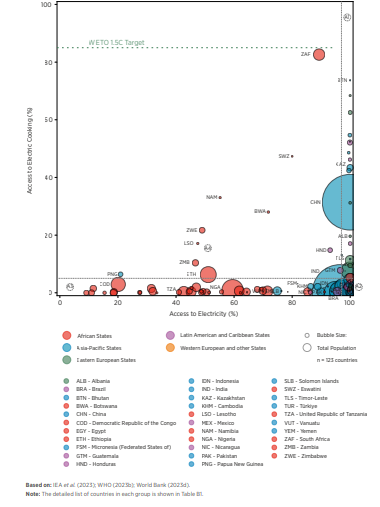
Population with access to electricity and access to electric cooking,
The report takes the example of initiatives such as India’s new electric cooking technology, Surya Nutan India is exploring a new solar-electric cookstove technology to scale up electric cooking. The Prime Minister of India, Narendra Modi, inaugurated an indoor solar-electric cookstove, Surya Nutan, developed by the Indian Oil Corporation, at India Energy Week (February 2023) in Bengaluru. He announced that the cookstove will reach 30 million Indian households within the next few years.
According to the Indian Oil Corporation, the cooker is available in solar and hybrid models. It is designed to use both solar energy and alternative fuels. Surya Nutan’s design minimizes radiative and conductive heat loss, increasing its efficiency. The cost of the solar-electric cooker ranges from INR 12 000 (Indian rupees) to INR 30 000 (around USD 140–USD 370).
It found that, four of the most populous countries—Bangladesh, Brazil, India, and Indonesia—implying a large market potential for electric cooking. The vast majority of the countries that included electric or clean cooking in NDCs are located on the bottom portion of the graph in M2 and M3. Countries that include other forms of clean cooking in their NDCs, such as Colombia, India, Indonesia, Mexico, Nigeria, and Pakistan, may find electric cooking a viable alternative to consider.
To date, the majority of finance from the voluntary carbon market has focused on efficient cookstoves, which reduce biomass usage but do not deliver the health benefits associated with higher-tier cooking solutions. Clean cooking credits in the voluntary market have been issued mostly for biogas projects, which account for 80% of registered clean cooking activities, and are concentrated in five countries that account for 95% of clean cooking issuances: Cambodia, China, India, Nepal, and Viet Nam.


